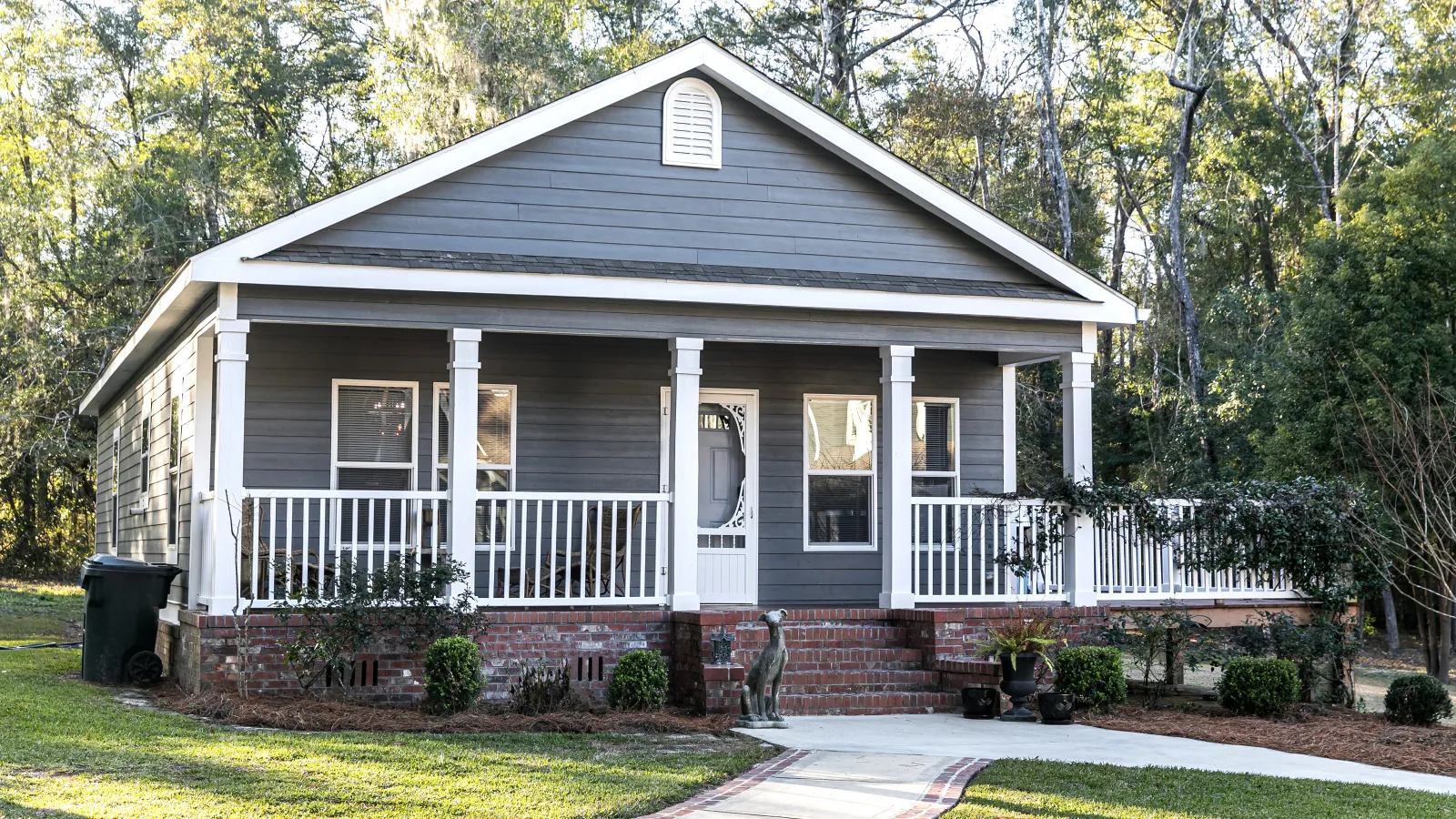Today is Presidents‘ Day. It was originally created to honor George Washington, whose birthday was February, 22, 1732. Now it honors all American Presidents, but most significantly Washington and Abraham Lincoln, born February 12, 1809.
Each grew up under very different circumstances. Lincoln was born in a log cabin at the edge of the American frontier while Washington lived at palatial Mount Vernon in Virginia. Neither of the homes had insulation. So how did they manage to keep warm in winter?
WASHINGTON‘S MOUNT VERNON
Mount Vernon was a sprawling Virginia mansion located on the Potomac River near what was to become our nation‘s capital—and it still exists today! The home was constructed of wood with two large fireplaces, one in the supersized two-story Dining Room. It was adorned with a marble chimneypiece.
The fireplace was one of the most important parts of Colonial homes and its only source of heat. In addition to warmth, it provided light and a place to cook. Fireplaces were made of stone and mortar and the chimneys were brick. The fire was going constantly in the winter. When the fire died out, flint and steel could spark a new one, but most of the time live coals had to be brought in from a neighbor‘s home to get it started again. Before bedtime, warming pans were filled with hot coals and placed under the cold bed covers.
Firewood was cut and stacked in the summer for heat in the winter. Corncobs were used for smaller fires.
All this begs the question: Did Washington cut down the cherry tree for firewood because his home was poorly insulated?
LINCOLN‘S LOG CABIN
Abraham Lincoln lived under much different circumstances in his early years. He was born in a one room log cabin in the wilds of Kentucky. Log cabins were popular with pioneers because trees were plentiful and they were the fastest and easiest structures that could be built to withstand bear attacks and keep a roof over their heads. Most log cabins were a single room about ten feet by sixteen.
They were constructed entirely of hewn and notched logs. Cracks between the logs were filled with clay mixed with moss or hay to keep the cold winds and small animals out. The inside surfaces were covered in plaster or painted with whitewash. Plaster was preferred because it helped retain the heat from the fireplace. Paint had no insulating properties whatsoever. The fireplace and chimney were also constructed of logs but had a thick coating of clay to make them fireproof.
Unfortunately, the fact is, even a fire did little to warm the small space. A log cabin kept the rain and wind and snow and animals out, but did little to keep the heat in.
Though Lincoln freed the slaves, he could not free Americans from the cold of winter—even in their own homes. Only since 1980 has insulation been required in most new construction.
On this day that we honor two great American Presidents, let us also be thankful that we can be comfortable in our homes even during a winter that is as savage as the one Washington and his troops endured at Valley Forge!



